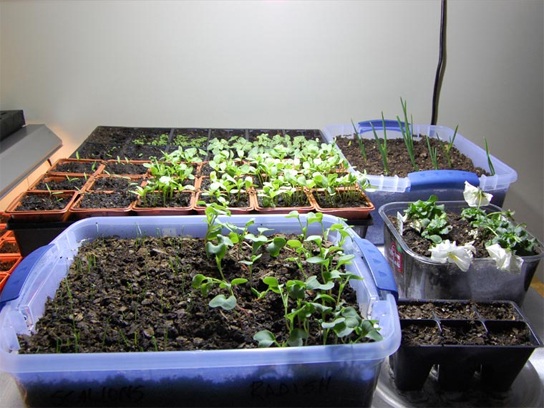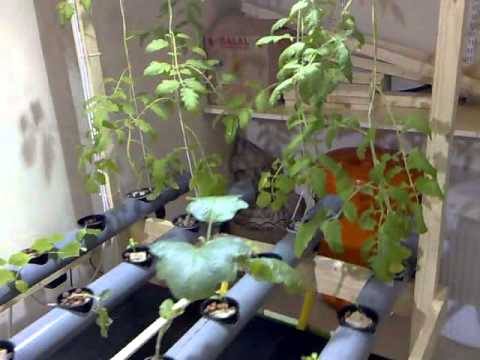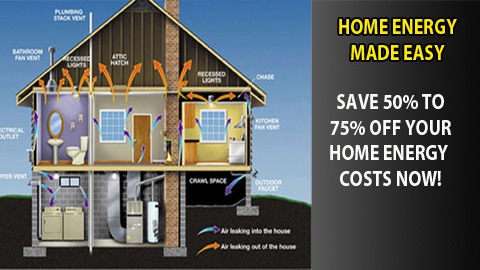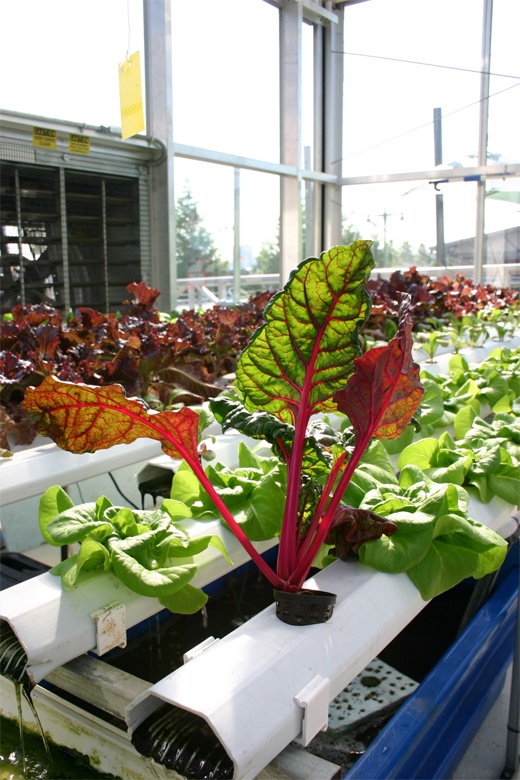

“We can grow produce right where is going to be purchased and right where it’s going to be eaten.”
Josh Hottenstein

DIY Aquaponics are the latest trend right now; and it definitely deserves all this attention. Aquaponics, in a closed and clean system, allows you to keep/grow fish and plants together. One of the best things about it is that building an Aquaponic from scratch requires very little work. But this is only possible if you are well informed about how to carry on the project effectively. As only then you can build the project successfully.
So, without further ado, here are those 8 tips that every beginner needs to know:
8 Things To COnsider With diy aquaponics System
Aquaponics Media Bed
Choosing the correct type of media bed is quite important to make this DIY project a success. The purpose of media bed is performing three different task of filtration process like Biofiltration, mechanical solids removing filtering function and Mineralization filtering functions. Mineralization filtration is a process of breakdown of cycle of water and solids; this is again crucial for a thriving DIY Aquaponics.
Understanding media beds is quite easy and it happens to be a cheaper option as well. We recommend media beds over Deep Water Culture (DWC) and Nutrient Film Technique (NFT) for beginners.
Size of Grow Bed
Choosing the correct size of the grow bed is important as well. It determines how many plants you can grow and what conditions they will grow in. The standard size should be around 30cm deep as it will make sure you can grow a good amount of different variety of plants.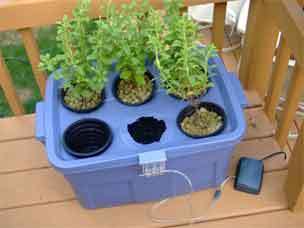
Size of the Fish Tank
If you have the luxury of flexibility of space, then it is highly recommended that the fish tank should hold around 1000 litres of water. Usually, to raise a fish which is around 30cm long in a DIY Aquaponics system, you will need about 200 litres of water. So, with 1000 litres you will have more space for mistakes and the changes seen in Aquaponics tend to happen in a slower pace which will help you to address the problem does it becomes irreversible.Ratio of Grow Bed to Fish Tank
The rookie mistake which most beginners make is that they pay too much attention on the material with which the DIY Aquaponics will be made. Yes, durable and sturdy materials is indeed important, but the first thing on the list of your priorities should be selecting the correct ratio of the grow bed to the selected fish tank.
For a beginner, it is advisable that you start with the simple yet effective 1:1 ratio. Materials purchased or made for your DIY project based on this ratio can be mustered up with ease. Once you are comfortable with the 1:1 scenario, you can move up to a 2:1 combination next. Usually a beginner takes around 6 months to learn the ways of Aquaponics and increase the size of it accordingly.
Temperature of the Water
Everyone knows that different fishes have different tolerance of temperature. Usually, beginners’ DIY Aquaponics project do not have the room for different advanced heating/cooling apparatus. So, to be on the safer side, it will be best to start off with fishes that can survive in a water temperature which matches the average temperature of the Aquaponics you are planning to build on your own.

Here, it should be mentioned that there many fishes that are capable of thriving in various water temperatures which you can get as well. This is again a great tip for those who are planning to make their very first Aquaponics DIY project a success.
It has been noticed that most beginners are not aware how important it is to keep the temperature of the water optimal. The main reason most of them face defeat is because they are not aware on how to efficiently bring up/down the temperature of the water (when needed) without an apparatus.
The truth is, it is easier to bring up the temperature of the water rather than cooling it down. There is always an option of buying a water heater available in plenty in different style and price range. But, if you do not want to use a heater, you can bring the temperature up by darkening the tank by covering it with a black piece of cloth.
pH Level of the Water
With the right pH level of the water, all your plants, fishes and bacteria can survive in harmony. For this reason, it is highly recommended that a pH level test should be conducted 3 to 4 times each week to keep the balance correct. The ideal pH level for a DIY Aquaponics system should be between 6.8 to 7.0.
While conducting the weekly pH level test if you notice any sudden rise/drop the pH level then you can fix it accordingly. It is quite easy to manipulate the pH level of the water. If you notice that the pH level has dropped, then add biocarbonate or potassium carbonate, calcium hydroxide etc. to restore the level. On the other hand, use hydroponic acids such as phosphoric or nitric to lower the pH level of the DIY Aquaponics.
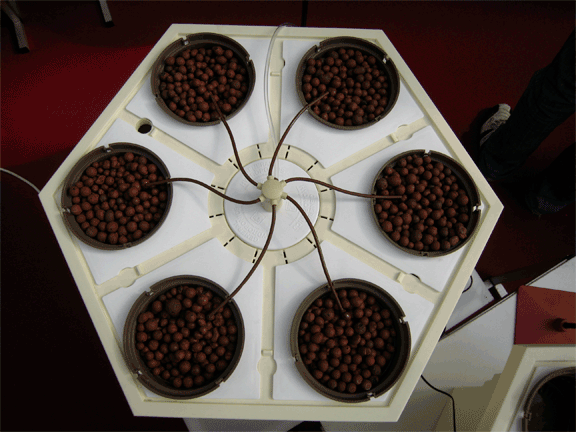
Aquaponic Types of Plants
If you can maintain the pH level of water 6.8 to 7.0 at an average, then you will have the luxury of growing a wide range of plants including the tropical plants that are currently trending in the world of DIY Aquaponics system.
However, it is advisable that beginners stay clear from plants that demand basic or acidic soil conditions to grow properly. Many beginners fear the planting process in this type of system; however, it is the easiest to get right. The process of planting and growing plants in case of Aquaponics is almost identical to growing plants in soil.
So, you will have to go through the same common processes like seeding or transplanting. You also have to take care of it similarly as well like making sure the plants do not get infested with insects or maintain the plants with cutting process at a regular interval.
Feeding the Fishes in your aquaponics system
And lastly, we will now discuss how much you need to feed the fishes kept in your DIY Aquaponics system project. Understanding the right amount to feed is important as feeding too much food can be hazardous for your fishes. A baby fish usually needs to eat around 7% of its own body weight, whereas, an adult fish needs to consume of 1% in a single day. If you feed your fish this amount throughout the day (2 to 3 times a day), then chances of your fishes thriving healthily is quite possible.
Conclusion
There you have it; with these 8 easy-to-follow and effective tips for beginners, you can definitely be the maker of a successfully DIY Aquaponics.
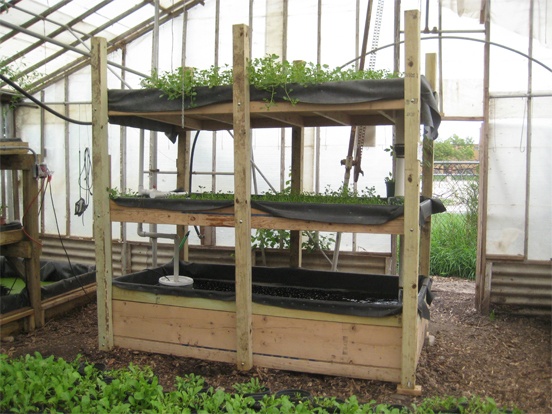
Aquaponic is a marriage between fish farming and hydroponics. Protein and vegetables in one unit
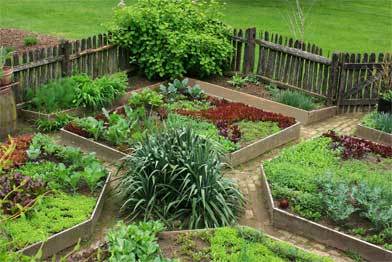
With urban gardening you can transform even the smallest piece of land into a food farm for your family.
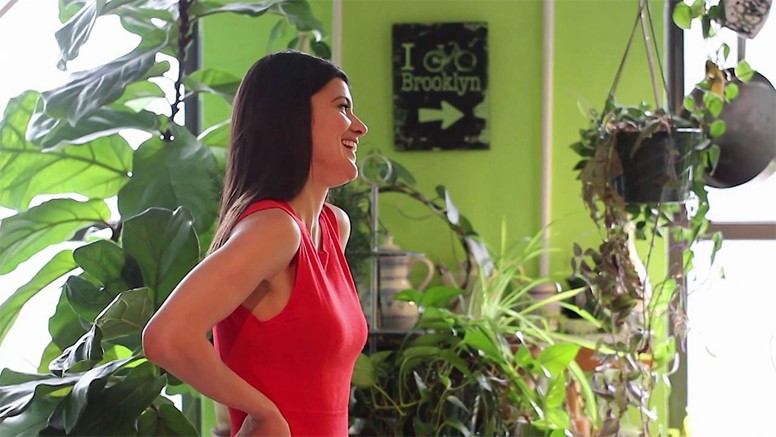
With vertical gardening you can create a garden, inside or outside, anywhere you have a sunlit wall.

Solar Hot Water Collector: The Best Guide to Building and Installing a Solar Hot Water System
Hello there, fellow solar enthusiasts! It’s great to be talking with you

Hybrid Solar Wind Power Generation System: Best Comprehensive Guide to Building Your Own Renewable Energy Solution
Hello there! If you are looking for an alternative energy source that

Solar Heating System: Best Comprehensive Guide to Building and Installing a Solar Heating System
As a solar heating system expert, I have seen firsthand how this

Solar Cooling: How to Keep Your Home Cool with Solar Energy?
Hey there, folks! As a solar cooling consultant with years of experience

Stand Alone Solar Power System: How to Build an Off-Grid Solar Power System for Your Home?
As the demand for sustainable energy solutions increases, stand alone solar power

Solar Heating Systems: The Different Types and Benefits Of Solar Heating Systems
As a solar heating systems expert, I know that these innovative technologies


